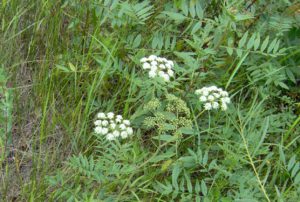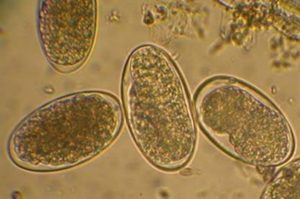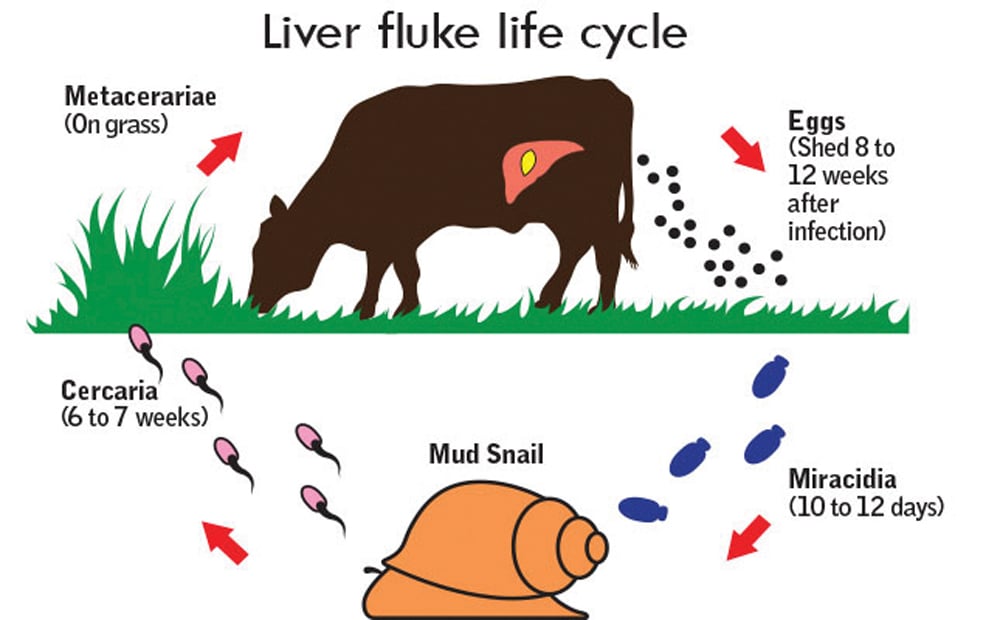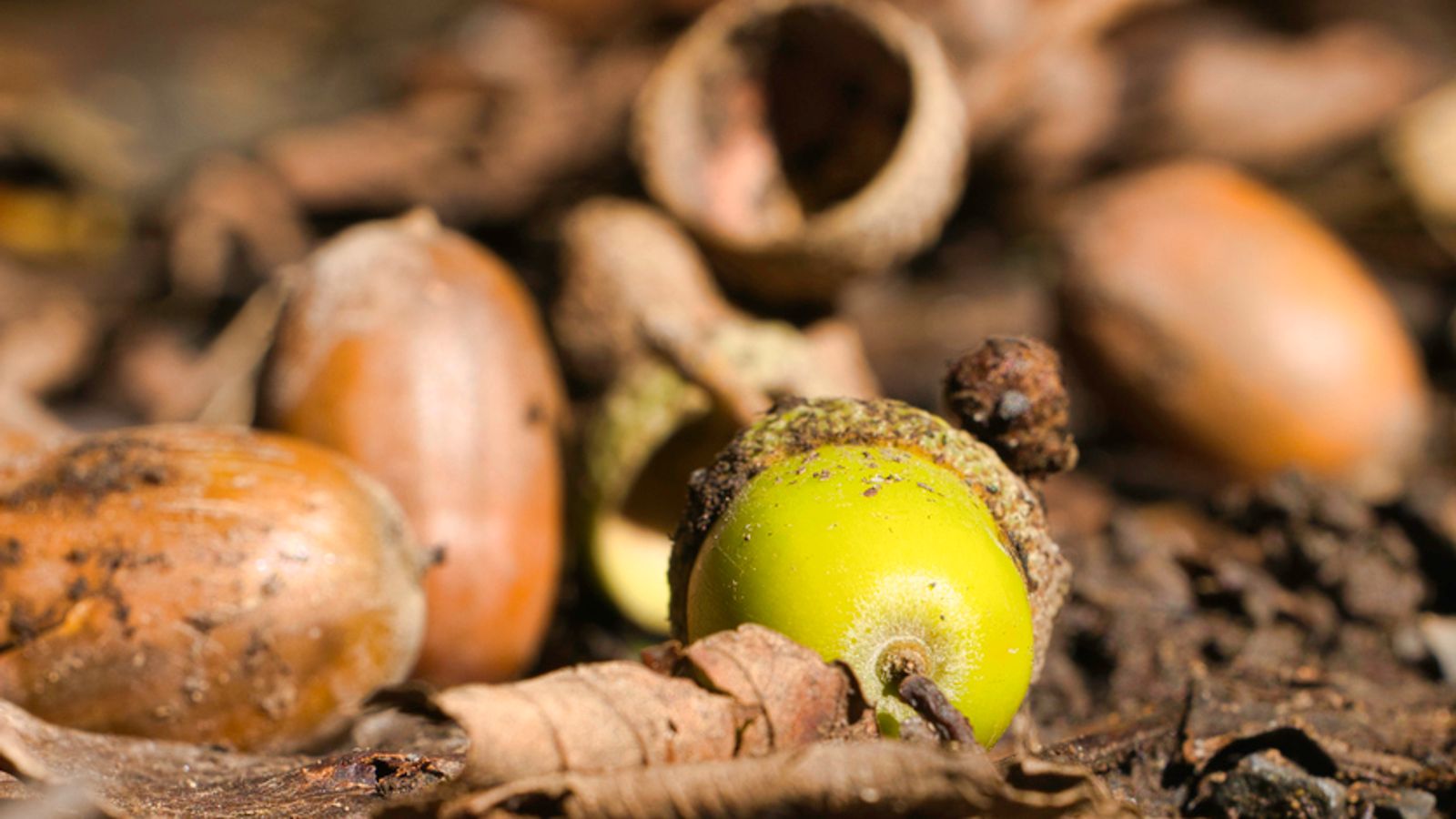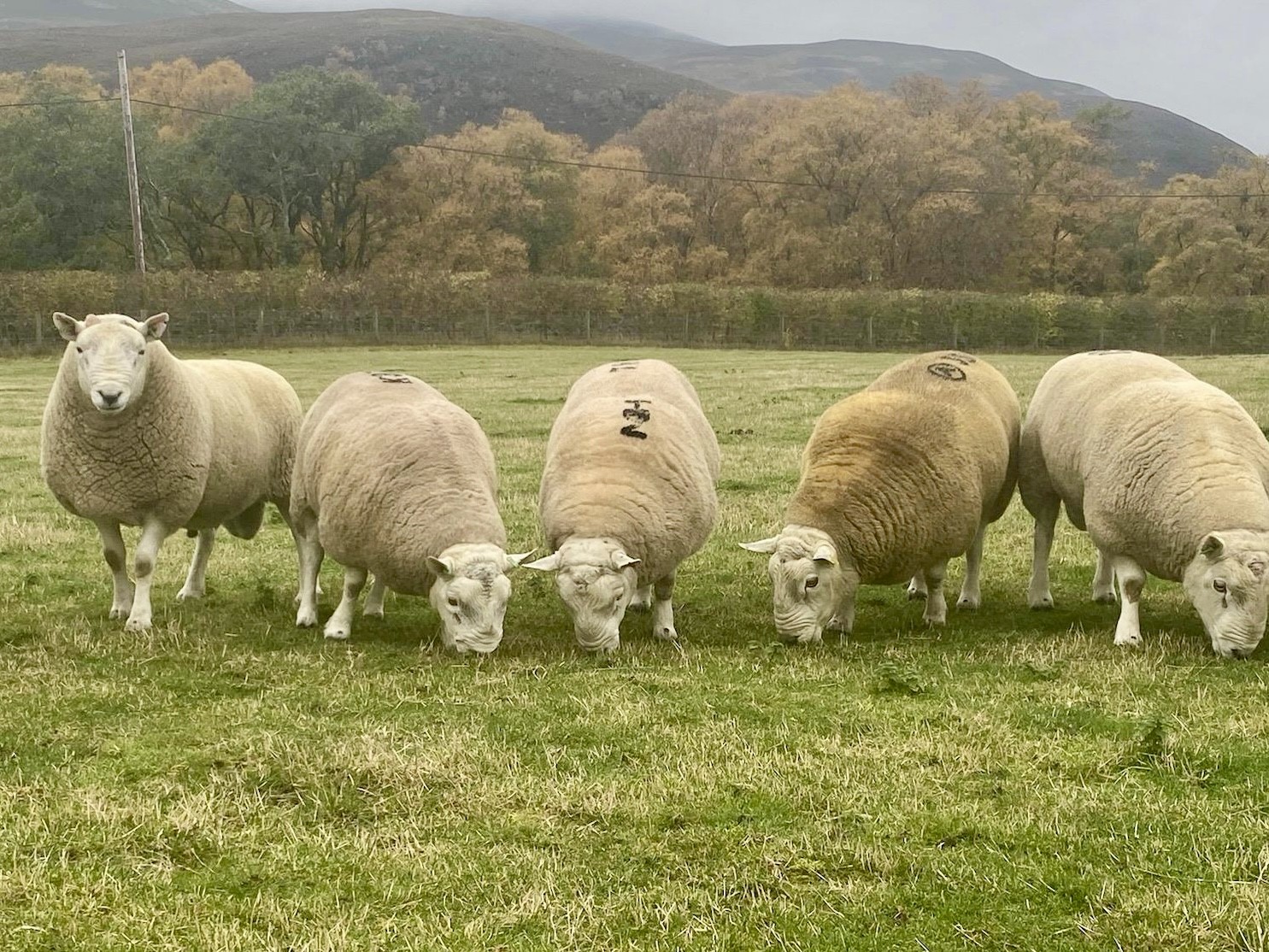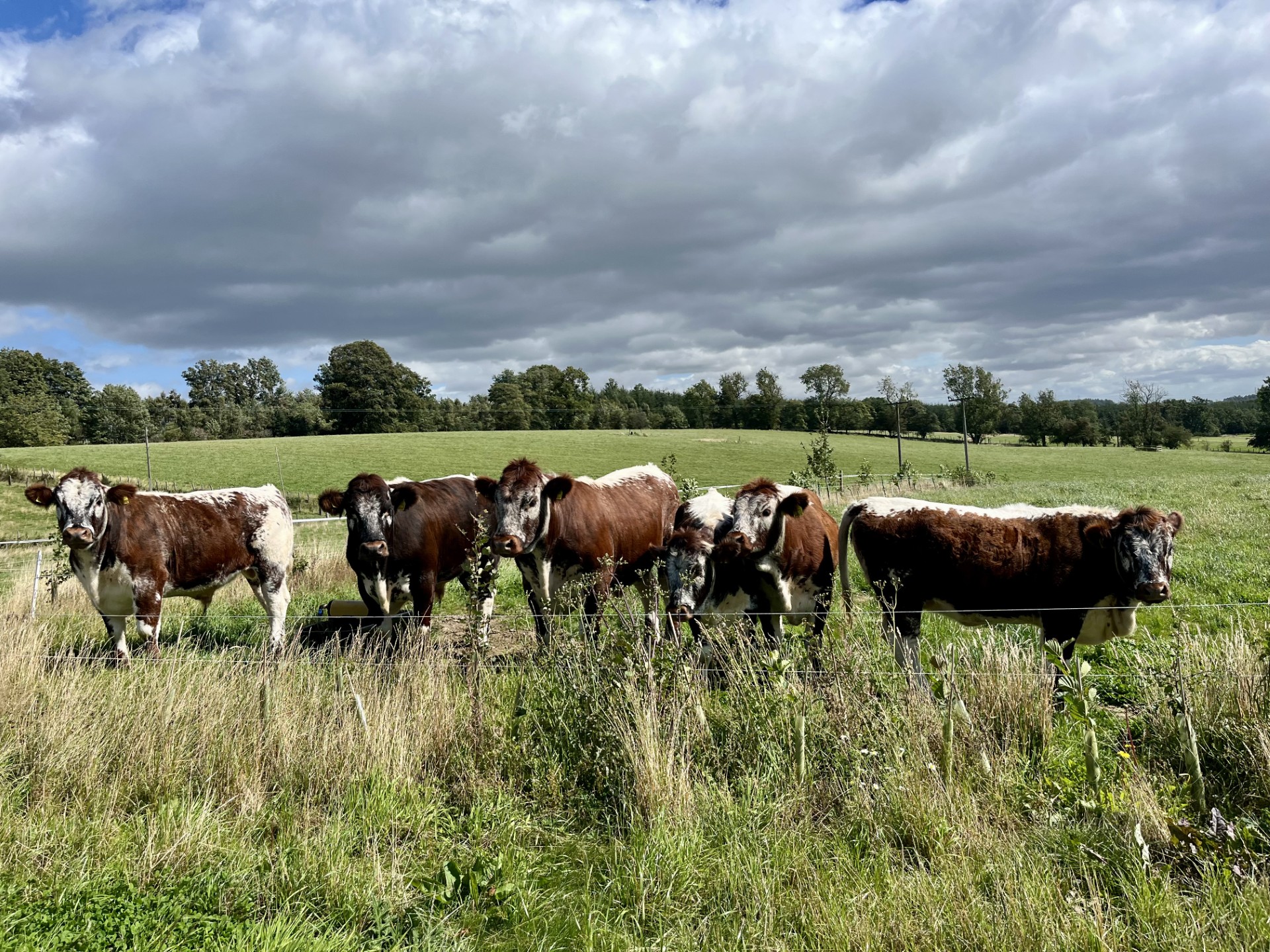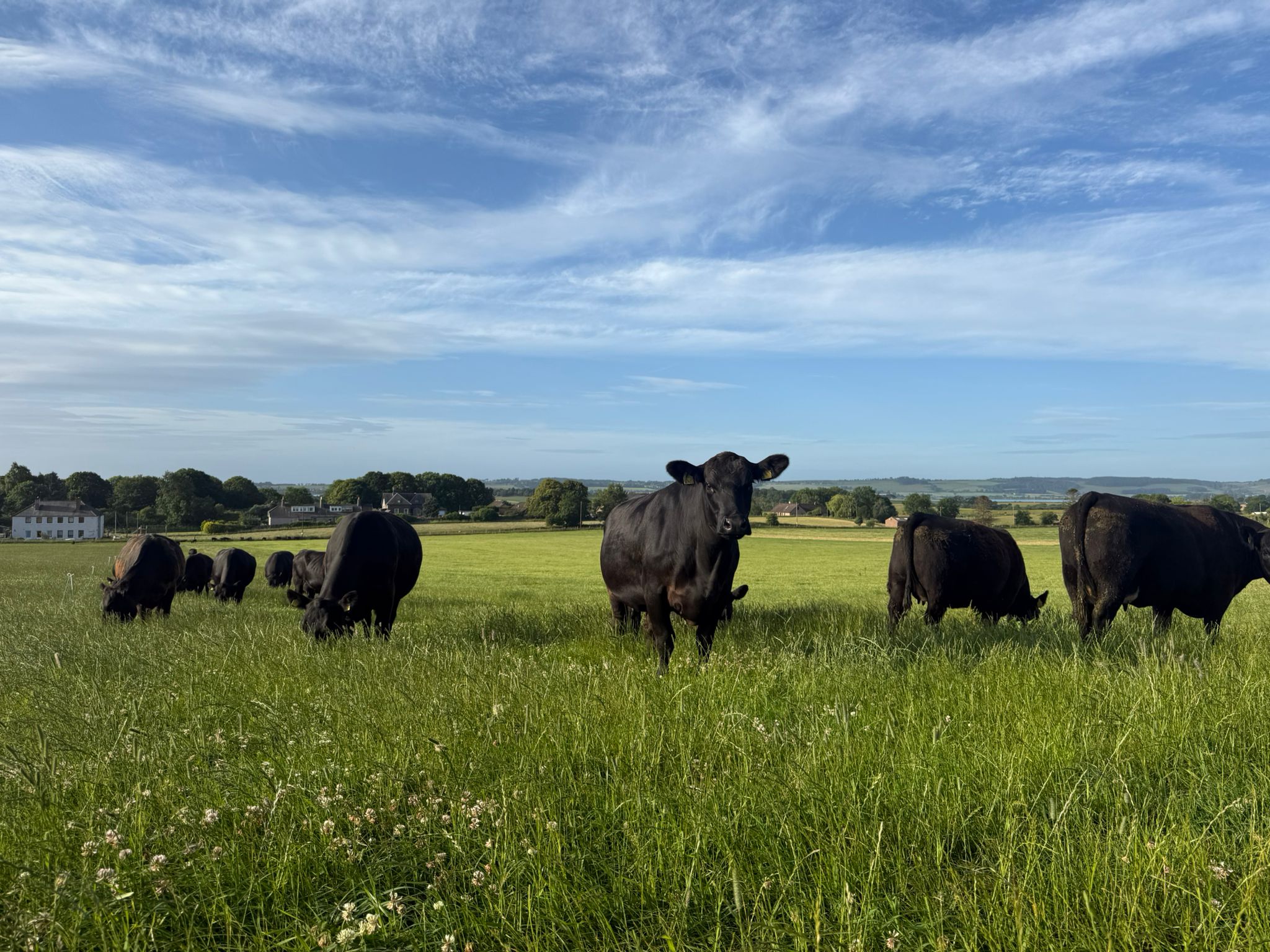Farm Newsletter August 2024
July has largely been a quiet one for us on the farm front but with a few cows bridging the gap between spring and autumn calving keeping us on our toes… This has been a good opportunity for getting caught up with herd health plans, just as well as the farm assurance inspectors seem to be very busy this month! We very much enjoyed getting to Alyth and Kirrie shows and catching up with many of you out-with the “work” environment.
Unsurprisingly, flies and their associated problems have been prevalent with blowfly strikes, summer mastitis and pink eye being regular concerns.
This month we welcome Cameron Richardson to the team of mixed vets here, who will be known to some of you as son of vet Graeme. Cameron spent his first couple of years in mixed practice in Aberdeenshire before travelling to Canada and working in mixed practice there for another couple of years. He is joined at Thrums with his wife Bryony who is a small animal vet who will be working largely in our Blairgowrie and Scone branches.
We are also delighted that Maya who joined us last year on our new graduate programme will be staying on as a permanent mixed vet.
We have started on the routine semen sampling of tups. Our first batch of six threw up one who was significantly infertile, very clearly demonstrating the value in testing. Testing tups approximately 6 weeks in advance of breeding ensures only fertile tups are getting used and you give yourself the best odds of achieving a decent scanning percentage next year. Testing in advance of sale season also allows you to plan how many replacements you need to source rather than spending more on extra tups “just in case”.
Flock Health Club Meeting – Johne’s Disease in Sheep
Next month our Flock Health Club will meet again to discuss amongst other things, Johne’s disease in sheep. Johne’s in sheep often goes undiagnosed but can have significant impacts on culling rate, on farm mortality and lactation potential of ewes.
Our Flock Health Club is open to all clients with commercial sheep flocks and we’re always very happy to welcome new members. The club has a few packages available from just £15/month.
If you are interested in joining the club, you would be welcome to attend the meeting to see what it’s all about, just contact Ed at the surgery. The meeting will be held on the evening of the 23rd of September.
Cobalt Deficiency in Lambs
This time of year we will typically hear from several farms that lambs are not performing as well as they should. If worms are not the problem, the next most likely thing is a trace element deficiency. Cobalt is the most common of the trace elements to be responsible for reduced growth rates in lambs, but selenium, copper and iodine may also be involved.
Where required supplementation can be via drenches, boluses or injections, but unnecessary supplementation can be expensive and in some circumstances toxic. To confirm a problem we can blood sample a small batch of poorer doing lambs. This combined with soil and forage sampling can build a very useful picture of the status of the farm and a plan put in place, so please give us a shout if your lambs are not performing as well as they should post-weaning.
Paying By Direct Debit
Plant Poisonings
In summer we are often presented with individual animals with suspected plant poisonings, as weather gets warmer and occasionally grass runs tight then poisonings become more common as inquisitive or hungry animals browse alternative things to eat. Treatment of these cases can be challenging and as always prevention is better than cure through careful pasture management and fencing off any risky plants.
Ragwort Poisoning
With careful pasture management ragwort poisoning should be rare, however it does still occur. Perhaps more commonly when incorporated in hay or silage. Ragwort ingestion causes liver damage. Signs of ragwort poisoning are weight loss, diarrhea, fluid collection under the jaw and brisket. Affected animals are often dull and depressed. Cattle are more at risk than sheep (and horses are at greater risk still). There is no effective treatment once signs are showing, so best to avoid in the first place.
Bracken Poisoning
Ingestion of bracken when pasture is sparse can lead to either acute disease or a more chronic presentation when a small amount is consumed over a long period of time. Young fronds are more palatable than more established bracken. Acute disease happens when a reasonable amount of young bracken is consumed over a few weeks. This causes bone marrow suppression leading to blood loss, anorexia and secondary infections. Affected animals show weakness progressing to death over a few days. In the more chronic form this will cause development of tumours, usually in the bladder, but sometimes the throat and elsewhere. Prevention is again aimed at limiting exposure. On extensive hill farms this can be challenging, but ensuring enough safe grazing is available should mean animals will not be tempted to browse the bracken.
Acorn Poisoning
Tannins in acorns can cause serious kidney damage and can be prevalent in pastures with oaks following high winds in autumn. Sudden deaths can occur but more common is lethargy, bloating and anorexia with a tarry scour progressing to death over 5-7 days despite supportive treatment. With no realistic treatment option, it is best to keep cattle off pastures with oaks immediately following stormy weather in autumn.
Water dropwort Poisoning
Water dropwort grows along the margins and is highly toxic, often leading to sudden deaths when ingested. Animals are most at risk following clearing of ditches which leaves the plants (and the highly toxic roots) exposed and accessible. Prior to death animals will show salivation, diarrhea and convulsions. A very small percentage of animals may recover. Prevention is best aimed at making sure animals have enough to eat and toxic plants are removed following ditching.
Submitting samples for Worm Egg Counting
Worm egg counting plays a vital role in sustainable worm control in sheep and cattle and can help inform descions about the requirement to treat and the success of any treatment carried out. Real farm studies show that farms adopting sustainable worm control policies reduce medicine costs, protect against resistance developing and importanly show no drop off in production or health.
However, as with most things in life, the more you put into it, the more you get out of it! Doing a few simple things when submitting samples to us will ensure that the information you get back out is as valuable as possible.
The main thing is to submit enough samples. When monitoring groups at least 6, but ideally 10 samples should be submitted. Do not mix or bulk the samples prior to submitting – let us do that! Each sample needs to be weighed accurately before being combined to the bulk. Sandwich bags, rectal gloves or sample pots are all great.
Samples need to be fresh. Delay between collecting and sampling could lead to some eggs hatching and therefore giving a false low reading.
Make sure you get samples from representative animals – for example where lambs are not yet weaned from their mothers, we only want samples from the lambs, not a mixture of both.
Give us as much information as possible. When submitting samples you’ll be given a form to fill out. Let us know what tests you’d like carried out (if in doubt speak to a vet first), what age of animals the samples are from, any recent treatments and any relevant symptoms that concern you.
Get the timings right. Routine monitoring samples in young-stock should be carried out for worms every 4-6 weeks through the grazing season. Post treatment check should be carried out at 7 days for yellow wormers and 14 days for white and clear wormer.

